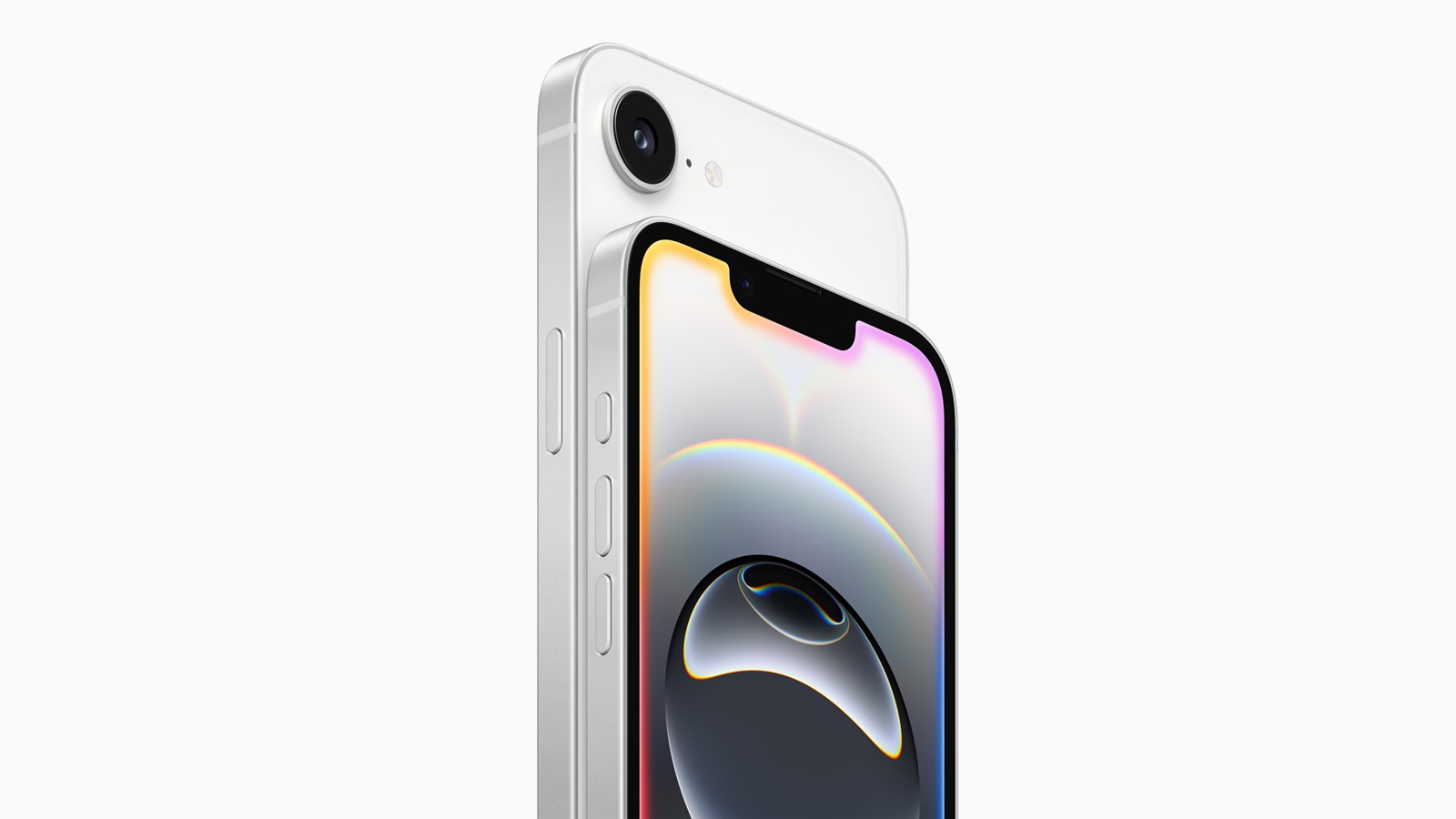We live in uncertain times, and we don’t want to spend more than necessary.
That certainly applies to personal electronics. At a time when an iPhone can cost $1,599 or more — what you’d pay for a luxury laptop — you’d be forgiven for wanting to economize.
But will the quality still be there?
Here are suggestions in popular categories.
Earbuds
Apple’s AirPods are the world’s go-to earbuds, but they don’t go lower than $129 per pair. Beats, an Apple subsidiary, has a separate line of earwear — including its $79.99 Solo Buds.
They’re available in four colors (AirPods are available only in white). They are very comfortable and can pump out decent sound, but Beats has cut a couple of corners. There’s no Active Noise Cancellation, a system to suppress ambient noise (you’d have to bump up to the entry-level AirPods for that, and pay $179 instead of $129). And the Solo Buds’ case doesn’t incorporate a battery for cordless charging on the go (advantage, AirPods).
Consider another option (while the aging product is still in the Beats lineup): the $69.99 Flex. These are physically interconnected earbuds that you wear like a necklace. And though they also lack ANC, the fact that the buds are jammed deep into your ear canals creates superb Passive Noise Cancellation. These have long been my favorite earbuds because they’re so simple yet do their job so well.
E-Book readers
E-book readers have their place. Have you tried to read a book on your iPhone in direct sunlight? It’s hard to do.
But if you’re buying a Kindle for every member of your family ahead of your tropical getaway, you’ll be looking to save some money.The base Kindle at $109.99 is more affordable than the mainstream Kindle Paperwhite ($159.99) and the new, color-screened Kindle Colorsoft ($279.99).
Amazon cuts surprisingly few corners. The Kindle’s screen lacks a warmth control, like that found on the Paperwhite and Colorsoft. And there’s no waterproofing. But the screen is Paperwhite-sharp. Try the lovely new macha color instead of boring black.
The base Kindle’s biggest advantage may be its size. At just 6 inches, much smaller than the other models, it slips effortlessly into a bag or purse.
Smartphones
Apple has long had a budget phone in its iPhone lineup.
Until recently, that meant an iPhone SE with prehistoric specifications such as a Home button (that was long gone on other models) and a too-cramped screen.
Recently, it took a different tack with the iPhone 16e, which looks a lot more like the iPhone 6 — try telling the two apart when they’re sitting side by side on the kitchen table — but at $599 costs $200 less. This is less of a bargain than the iPhone SE, but it’s now the most affordable iPhone in the lineup.
The 16e isn’t for photography aficionados. It has but one physical rear camera lens compared to two on the 16 and three on the high-end iPhone 16 Pro.
Charging is a bit more of a hassle with the 16e. It lacks support for MagSafe, which causes iPhones to adhere magnetically and precisely to compatible chargers, and to charge at a high speed. I recently explained how third-party cases with magnets can fix the adhering part, but the charging is still slow.
Bottom line? The 16e has some shortcomings — not surprising given its entry-level status — but is a better phone than the old SE and a worthy purchase as a thoroughly modern handset that won’t break the bank.



 PREVIOUS ARTICLE
PREVIOUS ARTICLE
